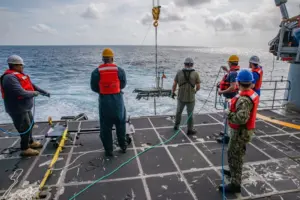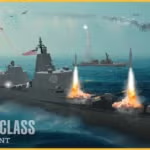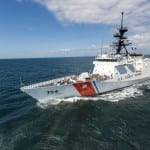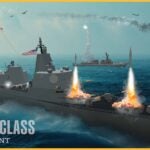
The U.S. Fourth Fleet intends to continue using unmanned systems in exercises not to just test them out, but figure out how to fully operationalize them in action, according to the commander. In April, Secretary Carlos Del Toro and Adm. Mike Gilday, Chief of Naval Operations, announced the Navy will build off success in Central Command’s Task Force 59 (CTF 59) testing and use of unmanned systems and artificial intelligence (AI) by expanding similar work to the Fourth Fleet in…

 By
By 











